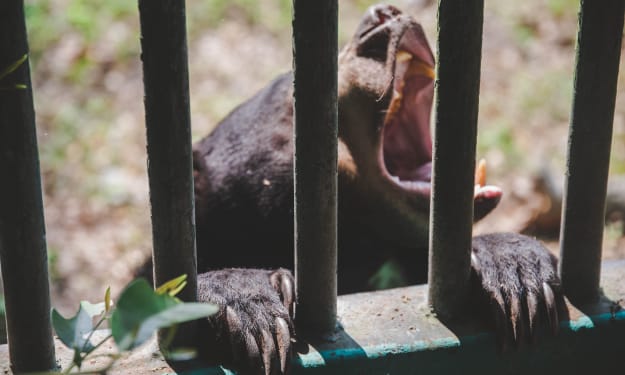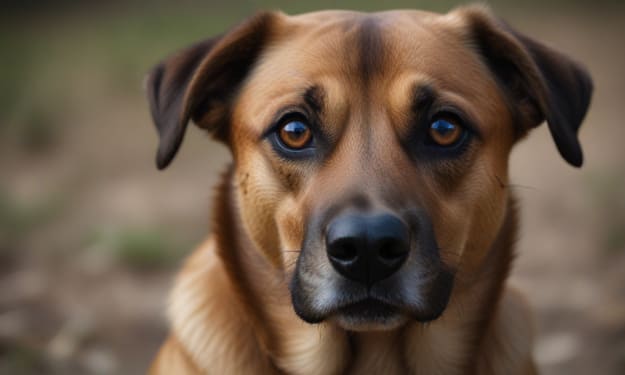
Before we talk about Oliver, the main character of our story, we should first understand the difference between a hybrid and a chimera.
Hybrids can appear within the species (for example the different dog breeds) or within the genus (like the mule, which is a horse-donkey mixture, the liger, a lion-tiger mixture, or the zonkey, a donkey-zebra mixture). Hybrids within a species are relatively common. Less common are mixtures between different species. The mixture of sperm and ova from two different species will create a hybrid embryo. The question is, can any species be mixed with another species? The simple answer is no. The success of hybridization depends on the genetic difference between the two species. The more different the genomes are, the lesser are the chances of hybridization. The rejection of sperm cells by the ova or the rejection of the developing embryo are some of the hybridization barriers. Nowadays, there has been no proof of hybridization between humans and other species of the genus homo. Nevertheless, considering that the modern human has about 2% Neanderthal DNA, it seems that at some point in the past, there has been some interbreeding between the two species.

A chimera is the embryo of one species that has had cells from another species added to it, during its early development. The resulting organism will have more than one genotype. Parts of the body will have the DNA of one individual and other parts will have the DNA of the other. So if a scientist was to take tissue from the skin of the right arm he would get one DNA, while if he took DNA from the left arm, he could get the second DNA, There is no rule on what tissues in the body will have one or the other DNA. Thus to discover the chimerism, one should simply guess where to take the DNA samples from. Otherwise, if the scientist takes samples of tissues just from the right arm, he could never discover that he is dealing with a chimera, because each of the 2 DNAs, taken separately, is perfectly normal and cannot indicate that the body has chimerism. Chimerism happens naturally in animals and there have even been cases of humans being born with this condition. Nevertheless, in this case, both DNAs were human.

Now let's get back to Oliver, our main character. He was a chimp who was considered either a "missing link" between humans and apes or a hybrid between chimp and human, while others said that he was probably created in a lab as a chimera between a chimp embryo to which human cells were added, during its early development.
Because he was a performing chimp, the reason why this was said about him, may partially lie in the fact that he was supposed to bring money with his shows, and an interesting story would sell more tickets.
Nevertheless, the truth is that he exhibited some characteristics never seen in an ape before, and which resembled rather the characteristics of a human, than those of chimps. He had a flatter face and preferred to walk bipedally most of the time. Chimps can occasionally walk bipedally, but they can't do it for a long time, because their short trunk and wide hips force them to stoop. He was also said to have preferred the company of humans rather than that of apes, and it seems like chimpanzees also rejected him, due to his body smell, which wasn't exactly matching that of a chimp. Another reason why he was strange, was the fact that he was attracted to human females, not chimps, and this is the reason why he was sold by one of his owners.

Oliver proved to be remarkably intelligent and knew how to do certain chores around the house. He would transport hay in a wheelbarrow from the stalls, and he actually enjoyed doing that. Unlike apes, he was unaggressive and he enjoyed sipping coffee with his owners while watching TV. He even knew how to mix his own whiskey.
Like all animals in captivity, poor Oliver had a sad life. He had many owners, being sold several times in his life, he was kept in cages and forced to perform, he was severely abused because scars were found on his body, and was later sold to a Pennsylvania lab for scientific testing. At this lab, he was kept in a cage so small, that the poor animal suffered from muscular atrophy and could hardly walk, as a consequence of this mistreatment. Towards the end of his life, he had arthritis and was partially blind. He died in a sanctuary at the age of 55 and is said to have been cremated.

Because he was exhibited in shows, Oliver was presented as a Humanzee, which was supposed to be a hybrid between human and ape. In all history, there has never been any proof that such a hybrid could exist, given the fact that many species do not interbreed due to genetic incompatibility. Certain combinations of genes simply prove lethal to the hybrid organism.
Besides that, a scientist from the University of Chicago genetically tested Oliver and concluded that he had 100% chimp DNA. Given the fact that he did have lots of human characteristics, we can only conclude that he may have been created in a lab, as a chimera. Therefore some of his tissues may have had human DNA, but the genetic test simply missed those tissues. For example, if his brain, his stomach, and his heart had human DNA (while all the other tissues had chimp DNA), a scientist should have taken samples from precisely these 3 organs in order to discover that Oliver was a chimera. Otherwise, he would have only found a perfectly normal chimp DNA, which gave no indication of the chimerism.
Now that Oliver is dead, we shall probably never know what he actually was. He will remain nevertheless a chimp with a really interesting story, whose characteristics puzzled lots of people.






Comments
There are no comments for this story
Be the first to respond and start the conversation.